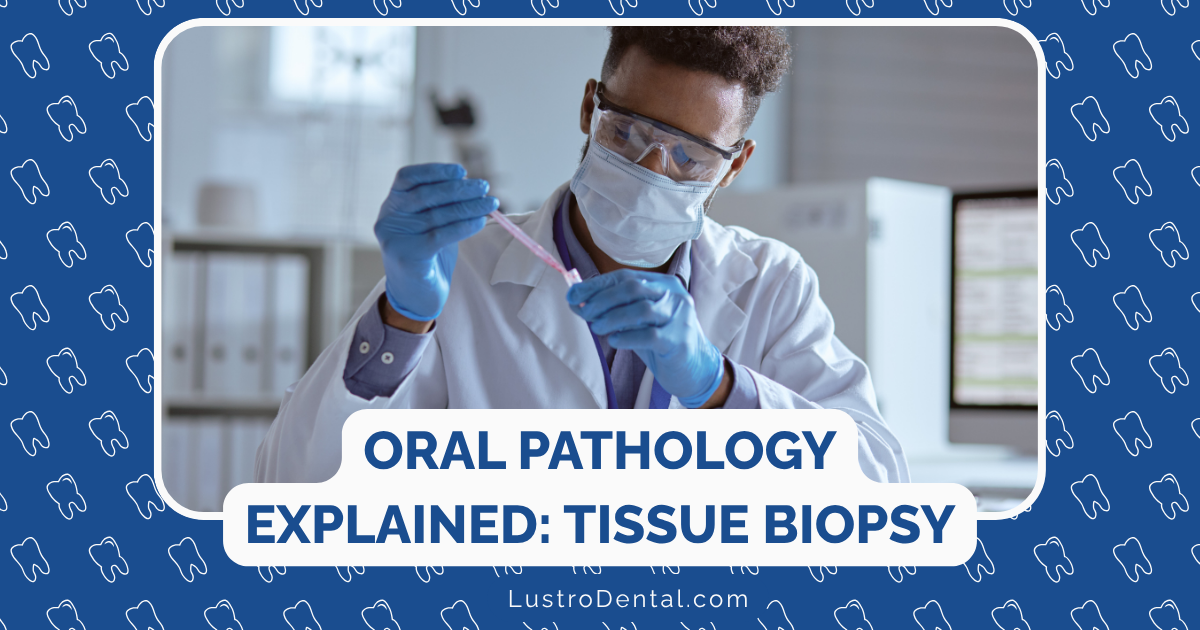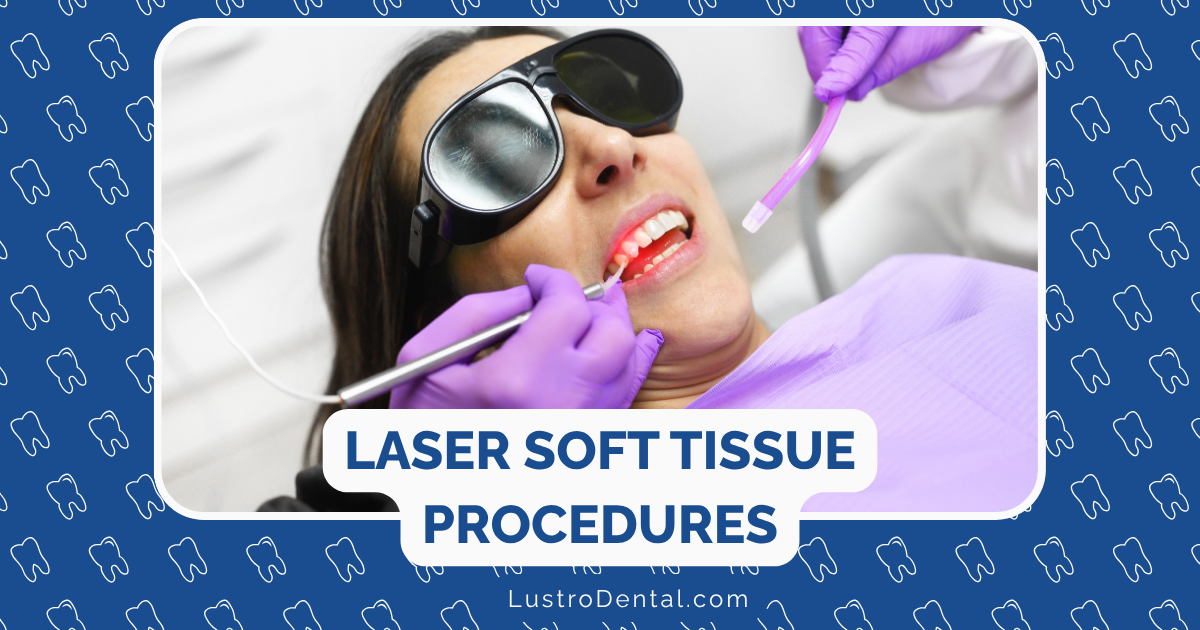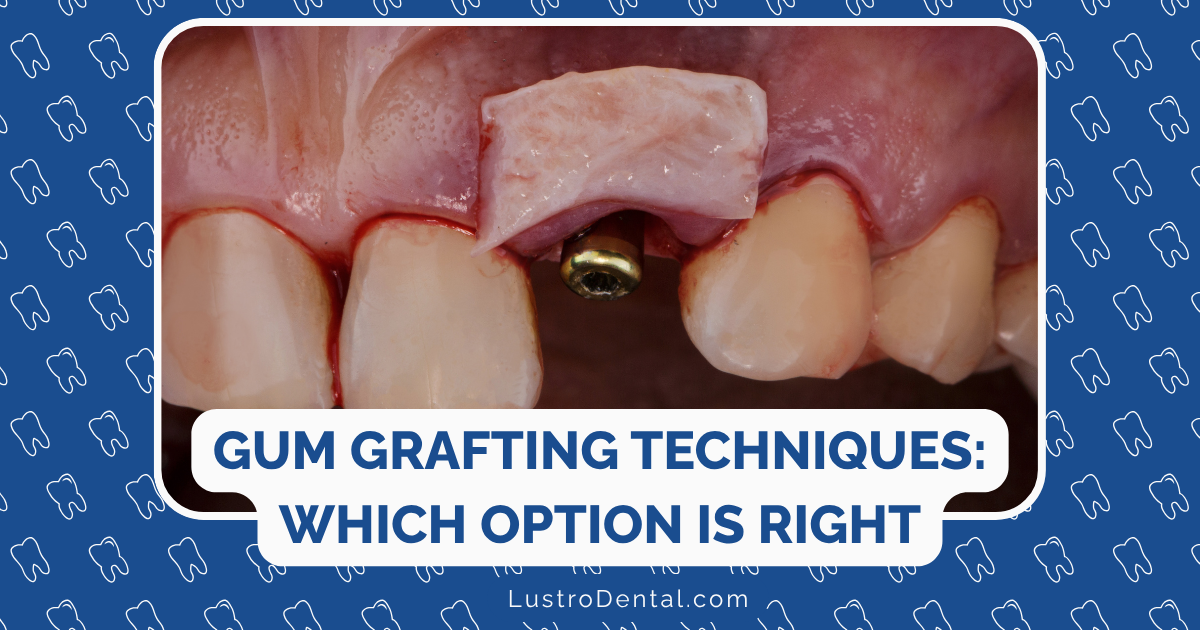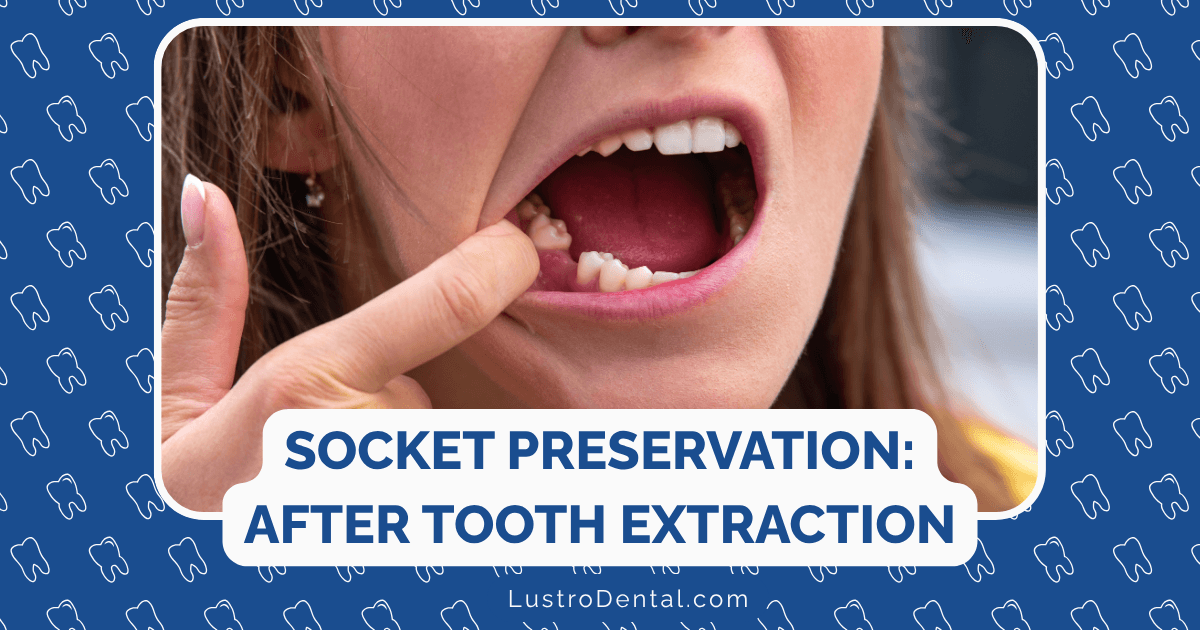Oral Pathology: When and Why Tissue Biopsies Are Necessary

When Sarah noticed a small white patch on the side of her tongue that didn’t go away after two weeks, she mentioned it during her routine dental checkup. “It doesn’t hurt, so it’s probably nothing,” she told me. “Do we really need to do anything about it?”
Sarah’s question reflects a common uncertainty many patients face when confronted with unusual oral tissue changes. In the world of oral health, not everything that looks concerning is dangerous, but conversely, not everything that seems harmless is benign. This is where oral pathology and tissue biopsies play a crucial role.
In this comprehensive guide, we’ll explore the important world of oral pathology, when tissue biopsies become necessary, what the procedure involves, and how these diagnostic tools help safeguard your overall health.
Understanding Oral Pathology: The Study of Oral Disease
Oral pathology is the specialized field of dentistry and medicine focused on diagnosing and managing diseases that affect the oral and maxillofacial regions—essentially, the mouth, jaws, and related structures. This discipline serves as the bridge between clinical observations and definitive diagnosis.
Dr. Robert Wilson, a board-certified oral pathologist at the American Academy of Oral and Maxillofacial Pathology, explains: “Oral pathology encompasses a wide spectrum of conditions, from common inflammatory lesions to rare developmental abnormalities and malignancies. What makes this field particularly challenging is that many different conditions can present with similar clinical appearances.”
This visual similarity between different conditions is precisely why tissue biopsies are often necessary. They allow us to move beyond what we can see with the naked eye to examine what’s happening at the cellular level.
The Oral Cavity: A Window to Your Health
The mouth is a remarkable mirror that can reflect both oral and systemic health conditions. Consider these important facts:
- The oral cavity contains diverse tissues (mucosa, muscle, salivary glands, bone) that can develop various pathologies
- Over 200 distinct diseases and conditions can manifest in the oral cavity
- Many systemic diseases show early signs in the mouth before appearing elsewhere
- Oral cancer, though highly treatable when caught early, still has a 5-year survival rate of only about 65% due to late diagnosis
According to research published in the Journal of the American Dental Association, approximately 10% of adults have some form of oral lesion that warrants professional evaluation, though most are benign.
When Is a Tissue Biopsy Necessary?
A tissue biopsy involves removing a small sample of tissue for microscopic examination. But when is this procedure truly necessary? Here are the key indicators:
1. Persistent Unexplained Lesions
Any abnormality in the oral tissues that persists for more than two weeks without an obvious cause should be evaluated. This includes:
- White or red patches (leukoplakia or erythroplakia)
- Ulcers that don’t heal
- Lumps or swellings
- Color changes in the oral tissues
- Persistent roughness or texture changes
Dr. Sarah Chen of the American Dental Association notes: “The two-week guideline is important because most inflammatory conditions or minor injuries will show significant improvement within this timeframe. Persistence beyond this period raises the level of concern.”
2. High-Risk Clinical Features
Certain characteristics of oral lesions increase the likelihood that a biopsy is necessary:
- Rapid growth: Significant changes in size over a short period
- Induration: Hardness or firmness to the touch
- Fixation: Attachment to underlying tissues
- Bleeding: Spontaneous bleeding or bleeding with minimal contact
- Symptoms: Pain, numbness, or altered sensation without clear cause
- Location: Certain areas like the lateral tongue, floor of mouth, and soft palate have higher rates of malignancy
3. Patient Risk Factors
Individual risk factors can lower the threshold for recommending a biopsy:
- Tobacco use: Both smoking and smokeless tobacco significantly increase oral cancer risk
- Alcohol consumption: Especially when combined with tobacco use
- Age: Risk of oral malignancy increases with age, particularly after 40
- Previous history: Prior oral cancer or precancerous lesions
- HPV infection: Particularly HPV-16, which is linked to oropharyngeal cancers
- Immunosuppression: From medications or conditions like HIV
- Chronic sun exposure: For lip lesions
4. Diagnostic Uncertainty
Sometimes, clinical examination alone—even by experienced practitioners—cannot provide a definitive diagnosis. A study in the Journal of Oral and Maxillofacial Pathology found that the accuracy of clinical diagnosis compared to histopathological diagnosis was only about 60-70%, highlighting the importance of tissue confirmation.
5. Treatment Planning Requirements
Some conditions require precise histological diagnosis to guide appropriate treatment:
- Autoimmune conditions affecting the oral cavity (like lichen planus or pemphigus)
- Salivary gland tumors
- Bone pathologies
- Soft tissue tumors
Types of Oral Biopsies: Choosing the Right Approach
Different situations call for different biopsy techniques. Understanding these options helps patients know what to expect:
Excisional Biopsy
What it is: Complete removal of the lesion with a margin of healthy tissue When it’s used:
- Small lesions (less than 1 cm)
- When the clinical suspicion of malignancy is low
- When the lesion can be completely removed without significant functional or aesthetic impact
Advantages:
- Provides complete diagnosis and treatment in one procedure
- Eliminates need for follow-up surgery if the lesion is benign
Incisional Biopsy
What it is: Removal of a representative portion of the lesion When it’s used:
- Larger lesions
- When complete removal isn’t practical initially
- When multiple areas of a diffuse lesion need sampling
Advantages:
- Less invasive for large lesions
- Allows for diagnosis before definitive treatment planning
- Can sample multiple areas of concern
Punch Biopsy
What it is: Use of a circular cutting instrument to remove a cylindrical tissue sample When it’s used:
- Well-defined lesions in accessible areas
- When a standardized sample size is desired
- For certain mucosal conditions
Advantages:
- Quick and straightforward
- Provides uniform sample depth
- Minimal tissue damage
Brush Biopsy (Cytology)
What it is: Collection of surface cells using a specialized brush When it’s used:
- Initial screening of suspicious lesions
- When patients are reluctant to undergo surgical biopsy
- Monitoring of known conditions
Advantages:
- Non-invasive
- No anesthesia required
- Minimal discomfort
Limitations:
- Less definitive than tissue biopsy
- May require follow-up with conventional biopsy
- Limited to surface cells
Dr. Michael Johnson of the American Academy of Oral Medicine explains: “While brush cytology has improved with advances like computer-assisted analysis, it remains primarily a screening tool. A negative result doesn’t definitively rule out disease if clinical suspicion remains high.”
The Biopsy Procedure: What Patients Can Expect
Understanding what happens during a biopsy can help alleviate anxiety for patients facing this procedure.
Before the Procedure
- Consultation and examination: Thorough evaluation of the lesion and medical history
- Explanation and consent: Discussion of the procedure, risks, benefits, and alternatives
- Pre-procedure instructions: Typically minimal for oral biopsies, but may include medication adjustments for certain patients
During the Procedure
- Anesthesia: Local anesthesia is administered to ensure comfort
- Tissue removal: Using the appropriate technique (as described above)
- Hemostasis: Controlling any bleeding, typically with pressure or occasionally sutures
- Specimen preparation: The tissue is placed in preservative solution (typically formalin) and labeled
Most oral biopsies take only 15-30 minutes to complete and are performed in a dental office or outpatient setting.
After the Procedure
- Immediate recovery: Brief monitoring to ensure bleeding is controlled
- Home care instructions: Guidelines for keeping the area clean and comfortable
- Pain management: Usually minimal discomfort managed with over-the-counter pain relievers
- Follow-up scheduling: Arrangement for result discussion and potential further treatment
A study in the International Journal of Dentistry found that over 90% of patients reported minimal to moderate discomfort following oral biopsy procedures, with most returning to normal activities the same day.
From Tissue to Diagnosis: The Journey of a Biopsy Specimen
What happens to that small piece of tissue after it leaves your mouth? Understanding this process helps patients appreciate the time required for results and the value of the information obtained.
1. Fixation and Processing
After collection, the tissue is:
- Placed in formalin to preserve cellular structure
- Processed in the laboratory to remove water and replace it with paraffin wax
- Embedded in a paraffin block to create a stable medium for sectioning
2. Sectioning and Staining
The tissue block is then:
- Cut into extremely thin sections (3-5 micrometers, thinner than a human hair)
- Mounted on glass slides
- Stained with dyes (typically hematoxylin and eosin) to highlight cellular structures
3. Microscopic Examination
An oral pathologist examines the slides to:
- Evaluate cellular architecture
- Identify abnormal cells or patterns
- Assess tissue organization
- Look for specific diagnostic features
4. Special Studies (When Needed)
In some cases, additional techniques may be employed:
- Immunohistochemistry: Using antibodies to identify specific proteins
- Special stains: To highlight particular tissue components
- Molecular testing: For genetic or viral markers
- Consultation with other specialists for complex cases
5. Diagnosis and Reporting
Finally, the pathologist:
- Formulates a diagnosis based on all findings
- Creates a detailed report
- May suggest additional tests or follow-up
- Communicates with the treating clinician
This process typically takes 3-10 days, depending on the complexity of the case and whether special studies are required.
Understanding Biopsy Results: Beyond “Positive” and “Negative”
Biopsy results are more nuanced than simply “cancer” or “not cancer.” Understanding the spectrum of potential findings helps patients have more informed discussions with their healthcare providers.
Benign Conditions
Many oral biopsies reveal completely benign conditions, such as:
- Fibroma: Harmless overgrowth of fibrous tissue, often from chronic irritation
- Mucocele: Harmless salivary gland cyst
- Pyogenic granuloma: Non-cancerous growth of inflamed tissue
- Inflammatory hyperplasia: Tissue overgrowth due to chronic irritation
- Benign migratory glossitis: Also known as “geographic tongue”
Inflammatory and Immune-Related Conditions
Some biopsies identify conditions related to inflammation or immune responses:
- Lichen planus: Chronic inflammatory condition affecting the mucous membranes
- Pemphigus/pemphigoid: Autoimmune blistering disorders
- Aphthous stomatitis: Recurrent oral ulcers
- Granulomatous conditions: Like Crohn’s disease or sarcoidosis
Premalignant Conditions
Some findings indicate increased risk for future malignancy:
- Mild to severe dysplasia: Abnormal cell development that hasn’t yet become cancerous
- Oral epithelial dysplasia: Precancerous changes in the surface cells
- Proliferative verrucous leukoplakia: A progressive, high-risk form of leukoplakia
Malignant Conditions
Unfortunately, some biopsies do reveal cancer:
- Squamous cell carcinoma: The most common oral cancer
- Verrucous carcinoma: A low-grade variant of squamous cell carcinoma
- Salivary gland malignancies: Various types affecting salivary tissues
- Lymphoma: Cancers of the lymphatic system that can present in the oral cavity
- Metastatic tumors: Cancers that have spread from other parts of the body
Dr. Lisa Rodriguez of the Oral Cancer Foundation emphasizes: “What’s critical to understand is that finding a malignancy early dramatically improves outcomes. The 5-year survival rate for oral cancers detected at early, localized stages exceeds 80%, compared to around 40% when discovered at advanced stages.”
Sarah’s Story: The Value of Timely Diagnosis
Returning to Sarah from our introduction, she decided to proceed with a small incisional biopsy of the white patch on her tongue. The procedure took less than 20 minutes, and she reported minimal discomfort afterward.
A week later, we reviewed her results together: the biopsy showed moderate epithelial dysplasia—precancerous changes that hadn’t yet progressed to cancer but carried significant risk for future malignant transformation.
“I’m so glad I didn’t ignore this or put off the biopsy,” Sarah shared. “I had no idea something that didn’t hurt could be so serious.”
Sarah underwent complete removal of the affected area, and now returns for regular monitoring. Had she waited until the lesion became symptomatic or more obvious, she might have faced a very different outcome—one requiring more extensive surgery, radiation, or chemotherapy.
When to Seek Evaluation: Being Your Own Advocate
While dental professionals screen for oral abnormalities during regular checkups, patients play a crucial role in early detection. Contact your dentist or oral health provider if you notice:
- Any sore or lesion that doesn’t heal within two weeks
- White, red, or speckled patches in your mouth
- Lumps, thickening, rough spots, or eroded areas
- Unexplained bleeding
- Numbness or tenderness in any area of the mouth or face
- Persistent sore throat or feeling that something is caught in your throat
- Difficulty chewing, swallowing, speaking, or moving your jaw or tongue
- Swelling that changes the fit of dentures
Dr. Chen advises: “Monthly self-examination takes just a few minutes. Using a bright light and mirror, look at all surfaces of your lips, cheeks, gums, tongue, floor and roof of your mouth. Early detection truly saves lives.”
Conclusion: Knowledge and Early Action Save Lives
Oral tissue biopsies represent a critical diagnostic tool in modern healthcare—a bridge between clinical observation and definitive diagnosis. While the prospect of a biopsy may cause anxiety, understanding when and why they’re necessary helps patients make informed decisions about their care.
The key takeaways to remember:
- Persistent oral changes warrant professional evaluation
- Not all concerning lesions are painful or obviously abnormal
- Early diagnosis dramatically improves outcomes
- The biopsy procedure itself is typically quick and involves minimal discomfort
- The information gained from a biopsy guides appropriate treatment
By understanding the value of oral pathology and tissue biopsies, patients can partner more effectively with their healthcare providers and potentially catch serious conditions at their most treatable stages.
Common Questions About Oral Biopsies
Patients often have specific concerns about biopsies. Here are evidence-based answers to common questions:
Is an oral biopsy painful?
How long does it take to get results?
Will the biopsy leave a scar?
Can a biopsy spread cancer?
What percentage of oral biopsies reveal cancer?
Can I eat normally after a biopsy?
Have you experienced an oral biopsy? We’d love to hear about your experience in the comments below.







